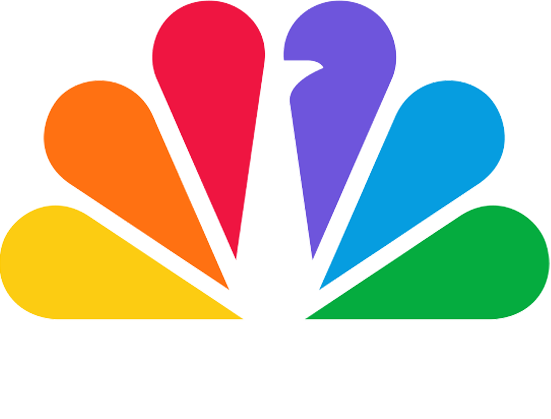WHEN: Today, Thursday, November 17, 2022
WHERE: CNBC’s “Squawk on the Street” – from Liberty Media Investor Day in NYC
Following are excerpts from the unofficial transcript of a CNBC exclusive interview with Liberty Media Chairman John Malone on CNBC’s “Squawk on the Street” (M-F, 9AM-11AM ET) today, Thursday, November 17th for Liberty Media Investor Day in NYC. The full interview will be available on CNBC.com and the following are links to video on CNBC.com:
All references must be sourced to CNBC.
MALONE ON WARNER BROS AND DISCOVERY
JOHN MALONE: Well, whenever I talk to David [Zaslav], the first word out of my mouth is manage your cash. This is this is going to be a business that one should keep a very clear vision on on cash generation. That will ultimately be the metric that David’s success or failure will be judged on. Keep in mind that that the good news is yes, it’s got leverage but it’s leverage is very long term and relatively cheap in this environment. I believe their average debt cost is 4%. Their average maturity is 17 years. So, when we went into this, the board knew that this wasn’t a short-term game. So, you know, I’m pretty comfortable that, that, that if you’ve got if you’re patient, now this is going to be a patient thing. It isn’t going to be overnight and there’s going to be a lot of grumbling because you don’t generate three and a half billion of operating synergies without, you know, breaking a few eggs.
MALONE ON SPORTS RIGHTS AND SPORTS VIEWING
MALONE: When it comes to sports, one still sees enormous market power in sports as long as there’s competition amongst distributors so that so that if a distributor feels like he has to have it or he’s going to lose a meaningful number of his customers to somebody else, to a competitor, he’ll pay the price and hope that everybody pays the same price so that there’s no competitive disadvantage. The problem with that is you end up with a total bundle cost that just starts to drive people away from the bundle in total. I mean, for instance, Formula One is a sport that, that I’m fairly familiar with. The strategy of do you move Formula One over to streaming and get paid a lot of money by a streamer or do you continue to bifurcate it, have a lot on broadcast television or free air let’s call it. How do you want and as you’re trying to build up scale and support for the sport, reach is very important. You want the broadest possible exposure of your sport and you want to be able to promote it on the broadest possible platform. The history of using sports as locomotive or as a marketing tool, you know, has a long history in our business and I suspect that it will be experimented with by the Apples and the Amazons to see how sticky it is, you know, how sustainable it is. The leagues are gonna have to be careful, they don’t want to end up with a very high price premium service with no reach because then the kids will stop watching the sport, right, so it’s, and the guys that run these leagues are very smart guys and they’ve got this pretty well figured out how to balance reach, promotion, with their with their short-term economics.
MALONE ON AD MARKET
MALONE: Well what I hear is that we’re definitely going into a very slow, dramatically slower ad market as people are anticipating the future and starting to cut back on their ad budgets so I do think we’re gonna see definitely, I wouldn’t either call it a recession or slowdown but there’s definitely going to be a slowdown in the ad market across the board really. That’ll be everybody from the new streamers to the traditional linear stuff.
MALONE ON AD-SUPPORTED CONTENT AND BROADBAND GROWTH
MALONE: Apple is very intent on making sure that they keep their quality level extremely high. They’re willing to add video content to their offerings but they want to make sure it doesn’t damage their, their extremely high-quality brand. And so they’ll continue to expand and invest in my opinion, if they think it’s enhancing the quality image that they try to purvey. The Amazon guys I think are more commercial. I think that that they’re still experimenting. They’re trying sports, they’re trying content, they’re trying ad supported content. They’ve gone with Freeview to see how many slices they can make in the bologna, you know. I mean, they’re still I think trying to figure out the optimum role that they can play as a bundler or as as a promoter.
FABER: What are your expectations when it comes to ad supported as you say we’re seeing Disney and Netflix just rolling it out now? Do you think it’s going to be a success?
MALONE: I’m a little skeptical as how many people to save a few bucks or are going to be willing to tolerate ads in what I would call long form entertainment programming. I think to be successful in streaming, you’re going to have to have your own funnel. You’re not going to be able to spend a fortune on advertising and promotion on paying customers because the churn will kill you. So you got to drive down churn and the churn cost I think is going to be an important part of the equation. And, you know, so if you have your own big funnel, if you’re already present and can advertise or promote cheap, if you’re already on platforms where it’s a simple click to add something, I think that’ll be an important ingredient in achieving profitability. But clearly there’s going to have to be some consolidation. There’s going to have to be some budgetary cutbacks on the level of spend by streamers and, you know, it’ll sort itself out. No question the public enjoys television this way. The real question is from the from the investor point of view, can it be done and supplied in a sustainable, profitable and low volatility way or are people basically going to click on and click off and you can’t afford the lifetime of a subscriber maybe pretty sure any investment in achieving and getting that customer may not be amortizable ultimately.
FABER: Yeah, well, I mean, John, this can’t go on forever as you say. I mean Discovery is losing money on direct to consumer. My parent company Comcast is losing money on Peacock doesn’t even have anywhere near the scale of a Discovery+ or HBO Max. Disney is saying they’ll be profitable in direct to consumer by fiscal year ’24 but there are plenty of people who are not sure about that and on and on from there. I mean, this period of rationalization that you’re talking about, are we in it now, a year from now are you and I are going to be having a very different conversation?
MALONE: Well, I think everybody I know is is taking a hard look at their their content budgets going forward and trying to be more targeted in terms of what audience they’re after and not try and have everything for everybody perhaps. So you might see some specialization that leads to profitability earlier for segments for subsets. I, you know, I’m a believer in an ala carte menu for the consumer. But I think if you’re going to keep churn down you have to bundle. It would appear that Disney’s approach is to bundle internally. In other words, have three or four services screaming that you can combine and try and satisfy a broader household. But all internally, there may be opportunities for streamers to bundle with other streamers, not co-own—
FABER: Really?
MALONE: And there may be – yes.
FABER: I mean, how does that work John bundling, I just wonder the level of cooperation needed to bundle independent streamers not within the one companies you point out with Disney. That level of cooperation you really think you could ever see that? Because what each of them have to moderate their content spend or you know would reduce churn, I just wonder how that would work in your mind.
MALONE: It’s been discussed David amongst various players, what do I have to add to my stream in order to stabilize it, to make it more difficult for a consumer to decide to disconnect after they’ve seen a hot show. It’s, it’s, I think going to evolve, people will figure it out. It may take bundling with something, frankly, other than entertainment programming, maybe sports bundle or maybe, maybe even connectivity services—
FABER: Oh interesting.
MALONE: Will turn out to be a stronger bundle.
FABER: John, I only got unfortunately about 10 minutes left with you and you did mention the cable business, your old love, so let’s get to it as quickly as we can starting with broadband growth which seems which seems to be slowing. Competition from fixed wireless, competition from the over builders. Obviously, my parent company’s Comcast, you still own a significant stake in Charter through Liberty. What are your views there in terms of whether good old fashioned cable is going to be able to succeed in growing broadband subs and or maybe compete in wireless as it is already in a more significant way.
MALONE: Well, to me the number one thing that’s wrong from 100,000 feet up is that that people can that edge suppliers let’s call them can put stuff on that loads the system up and have no responsibility, no cost related to the pressure that they put on the network. So there’s a disconnect there. With respect to the growth of broadband, I think that there’s been a lot of, too much cheap money floating around which has led to speculation in some cases actual investment in overbuilding, which, frankly, is not going to have good economic returns, especially in an environment of higher interest rates and harder to get money. So I do think some of the pressure on the incumbent distributors from, you know, speculative competition will will soften here. It’s just not likely that an infrastructure fund that’s promising 5% long term returns is going to get a lot of equity if they have to pay 6% or 7% for their money, okay, it just it just don’t equate. So I think you’re you’re going to see some change in the dynamics of the business. The other thing that’s happening is some of some of the competition that the that the existing broadband guys have is coming from people who are using excess capacity from their 5G systems—
FABER: Right, you’re talking about T-Mobile, T-Mobile’s fixed wireless product right now.
MALONE: Yeah, a lot of that opportunistic excess capacity will dry up. I think you also know that even Elon Musk’s satellite system is going to have to start having much higher prices for heavy users because they don’t have enough capacity. The terrestrial broadband business is the only asset that has, you know, almost infinitely expandable capacity and even your your company is probably I don’t know what Brian is telling the street yet, but I think the US domestic broadband guys are heading toward 10 gigabit of bidirectional networks. It’ll take them a couple of years to finally get there. There’s just no way that a spectrum-based alternative is going to be able to provide the kind of capacity that that kind of a broadband network will provide. So yes, around the edges, just you’re going to see some competition.

